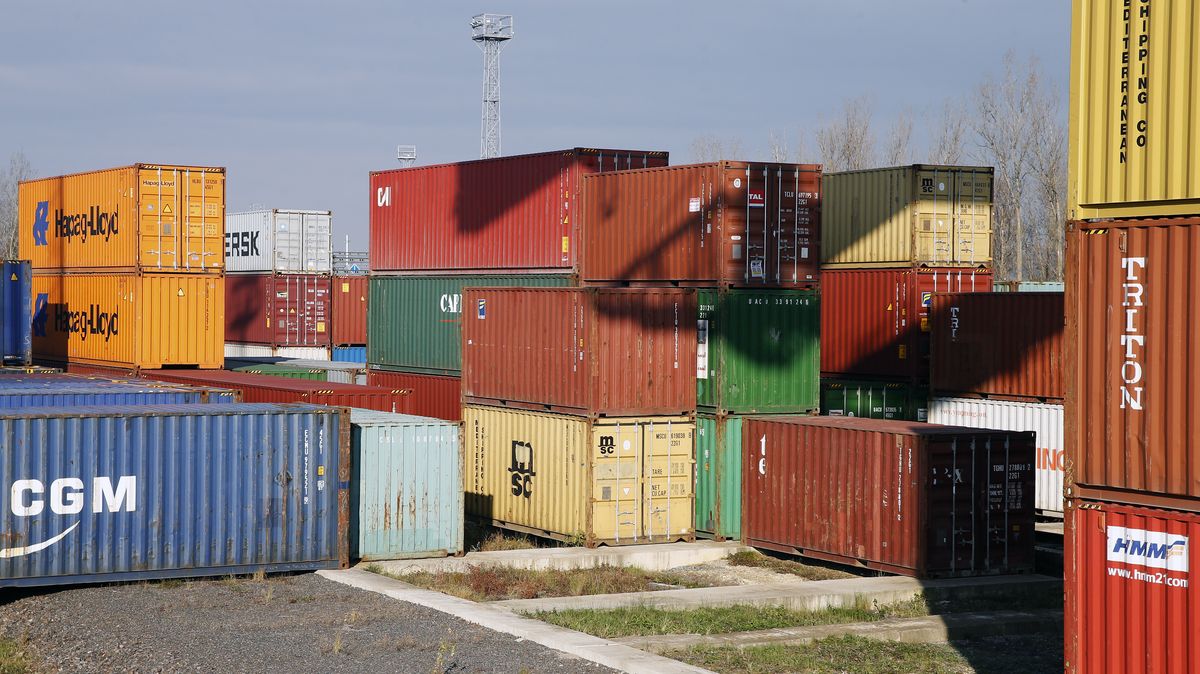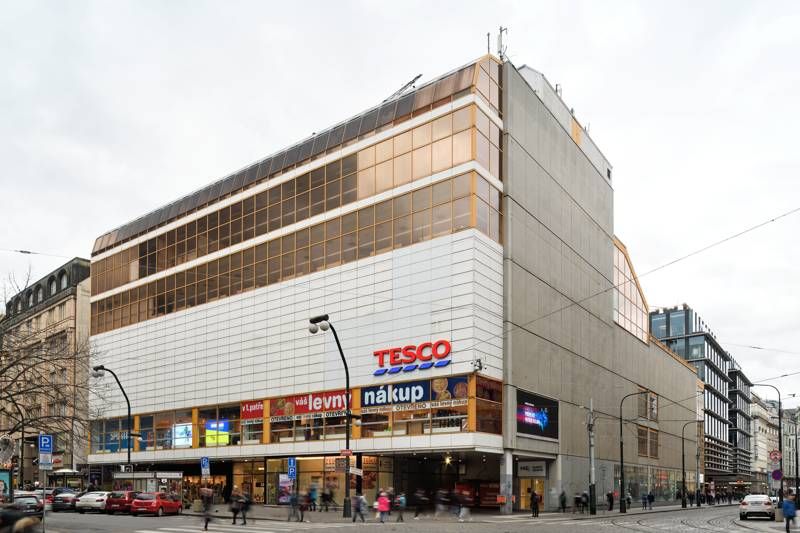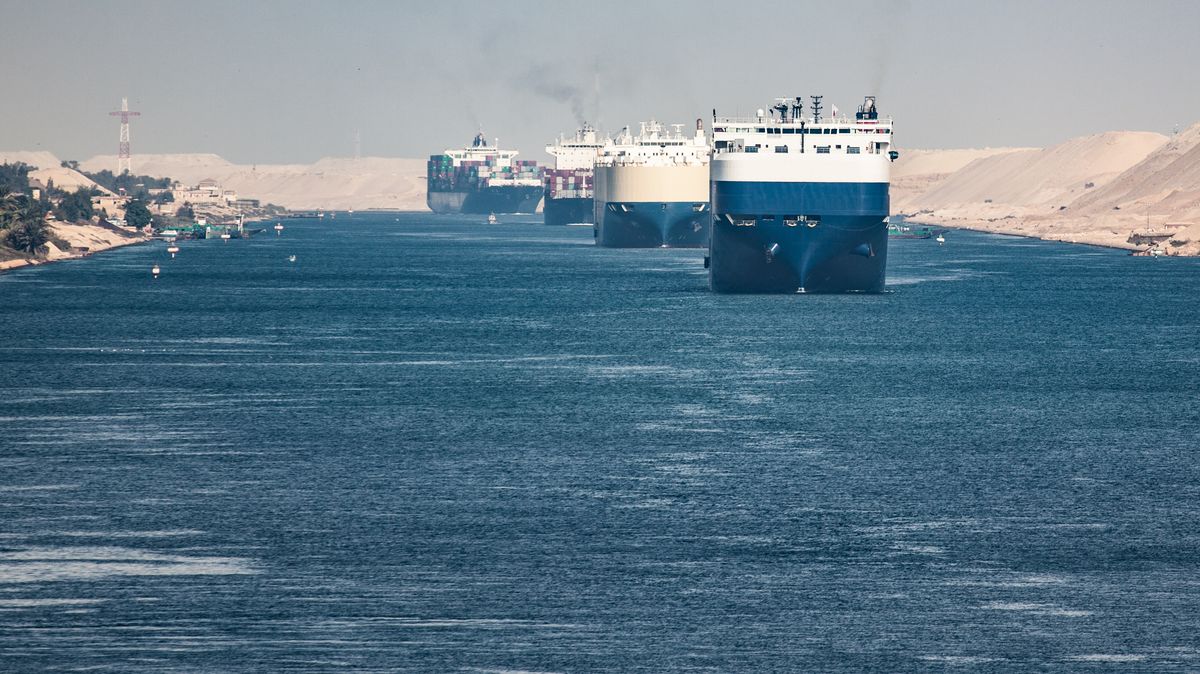73 years ago appear North Atlantic Alliance. The anniversary is commemorated by the entry of a fundamentally new member which can change its entire form and practice. With Finland, NATO will have a very modern army with one of the largest active reserves in the world.
On April 4, 1949, the highest representatives of Belgium, France, Luxembourg, the Netherlands, the United Kingdom, Italy, Denmark, Norway, Iceland, Canada, Portugal and the United States met to signature NATO agreement.
Peaceful solution with less intimidation
NATO was founded on the principles of peaceful resolution of conflicts in which member states find themselves or potentially enter into. Only then did the Treaty have articles on collective defense and deterrence.
That deterrence was the thorn in the side of the Eastern Bloc, led by the Soviet Union. In Western Europe, a large military force was created to defend its members. Thus, for Moscow, direct military confrontation may at first make NATO’s existence intolerable. Over time, however, the Soviet Union developed a massive nuclear arsenal that was shared across the nations of the future Warsaw Pact, established in 1955, which as a change created pressure on the Western alliance.
In the 1960s and 1970s, NATO and the Warsaw Pact had acted as the world’s two major military powers, primarily as a tool of tug-of-war between the US and the Soviet Union. Meanwhile, in the background, China is recovering from a deepening crisis, with which Washington has forged better relations over time than Moscow. The new world order was created due to the unmanaged diplomacy of Soviet politicians and the brilliant use of soft power by American politicians. Under the Soviet Union’s death row, among other things, American diplomat Henry Kissinger signed off first with his legendary ping-pong diplomacy.
- The real “star wars”. Reagan started 40 years ago, they exposed Soviet backwardness
The creation of the European Community was also a terror to the Soviet Union, in 1973 Great Britain was joined by the six native nations of France, Italy, Belgium, Luxembourg, the Netherlands and West Germany. In addition to military might, an economic boom based on deep cooperation took place through European integration, another thing that was dangerous for the existence of the Soviet Union.
Moscow failed on all fronts. It cannot assert its influence in the Bosphorus and Dardanelles straits between the Black and Mediterranean seas. Thus, in February 1952, NATO expanded to include Turkey, and on the same day, Athens also joined the structure. Communist coup attempts in these countries failed once and for all. The sore point was West Germany’s entry in 1955 and its reconciliation with France – a hard-won move that was very profitable for Western structures.
In addition to the absolute majority of the seas surrounding the European continent, NATO also controls most of the Mediterranean Sea and the straits that are important to Russia’s maritime trade. The Skagerrak and Kattegat Straits are served by the armed forces of Norway and Denmark and even in relation to Sweden, which, while not a member of NATO, certainly has a desire to oppose Moscow. The Soviet Union was controlled from all sides. Spain, which joined NATO in 1982, also does not help Moscow’s situation, controlling the Strait of Gibraltar and, along with Portugal, is another difficult military force to penetrate.
Spreading democracy or exercising power?
The question is whether the United States uses NATO as a tool to exert its power in the world or whether NATO functions as a defense pact, as most European countries feel. For example, it was difficult for France and Great Britain to accept the US as a decisive power, as both countries still served as great colonial powers in the mid-20th century – but suffered a painful decline after the Second World War.
Other powers and powerful economies – notably Italy and Germany, accept the US as hegemon and recognize the importance of cooperating with Washington. Without involvement in Western structures, Rome would probably fall into the hands of communism, and the expansion of the Soviet Union could engulf all of Germany, not just its smaller eastern half.
So it can be said that the alliance with the USA has helped a number of countries. The unprecedented power of one country was able to intimidate Moscow from carrying out a successful coup. So the Americans achieved their goal – on one continent they gathered dozens of countries willing to fight for their interests. It should be noted that this interest is based on the spread of democracy, not a brutal regime that kills its own people.
To a large extent, it was this Western ideology that was behind the collapse of the Soviet Union. Soviet citizens themselves in the mid-1980s, with perestroika and Mikhail Gorbachev’s glasnost, viewed Western values much more negatively than when the Cold War was raging in its most serious form. Gorbachev didn’t need to anger the rest of society against American hegemony, and there are plenty of people who long for a democratic Russia. Today it sounds a bit like science fiction, but a large part of Soviet society actually defended a democratic state.
The alliance was complacent
The Soviet Union disintegrated, a number of new states emerged, and Western structures tried to forge deeper cooperation with the new great democracies of the East. But it turns out that over the years, what seemed to lead to prosperity and freedom has been corrupted from within like its predecessors. Boris Yeltsin apparently really tried to make a change at first, Russia was supposed to develop. But it’s enough to get a taste of power – especially during the war in Chechnya – and it becomes clear that infamous great Russia is actually a mafia state controlled from within by the secret services and their former employee of the year Vladimir Putin.
Meanwhile, NATO had complacent and expanded to include young democratic states. Despite being significantly strengthened, attention is not so much on the growing power and aggressiveness of Moscow as on the fight against terrorism and the spread of democracy in the Arab world. Dictator Alexander Lukashenko took over Belarus, alternated pro-Russian presidents in Ukraine – or presidents who were unable to stand up to Russia. Huge gaping holes emerged in European security, which were largely ignored by Western structures.
Russia gave a big red exclamation point to the West by annexing Crimea. After more than two decades, they have done what only non-democratic countries in the modern world are capable of. Putin has declared open war – so far diplomatic – against the West, led by the US.
Since 2014, the West has been bracing for the worst. Yes, only from this year. However, not as great as during the Cold War. Nuclear weapons had become a taboo for him, and could soon be fatal. The role of bullying is relegated to the background or changed. It is difficult to analyze whether Putin will be stopped by fighter jets in the Baltic states, Ukrainian supplies or NATO’s expansion to include the Nordic countries.
An important element of the Cold War is missing. In addition to treaties limiting nuclear weapons, there are ways to prevent adversaries from distributing them to other countries. Minsk will now have weapons of mass destruction – even in the western part of its territory. The alliance is firmly committed not to intimidate Russia in one real and effective way – by distributing its nuclear weapons within its borders. This is a positive response to the demands of the worst Russian dictator since Joseph Stalin – we will keep Russia safe, Europe is in ruins.

“Tv nerd. Passionate food specialist. Travel practitioner. Web guru. Hardcore zombieaholic. Unapologetic music fanatic.”







